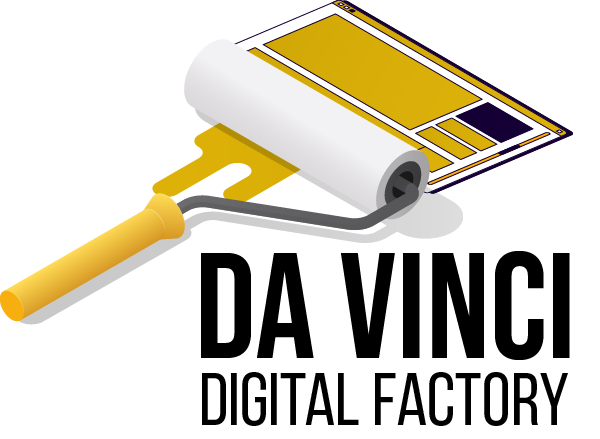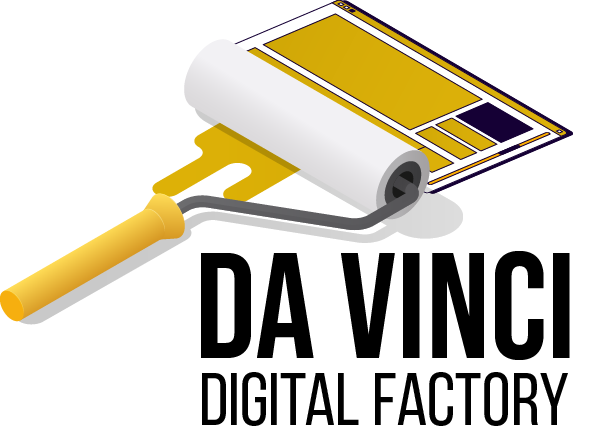What a page needs to have to be optimized and complete
Understand what are the main SEO points for creating a page and know how to make it optimized and complete.
To create or optimize a page there are some basic rules that must be followed. These rules help the user experience and make it easier for search engines to read.
Check out what your page and content need to have to rank better on search pages below.

How to optimize pages
- Define keywords
First, define keywords for your page. Keywords are the terms we type into the google search bar. So ask yourself: What is being talked about? How do users search the subject in search engines?
If the subject is about beers, for example, then it's important that your page has this very clear scope, using keywords that users would search to find your content. For example: “beers”, “gluten-free beers”, “best beers”, “alcohol-free beers” etc.
These keywords must be used strategically on the website pages, meta tags and content. The study of keywords is based on the terms that users search for a particular product or service in search engines. For example, "Gluten Free Beers".
To learn more, access more information in the article “What is SEO”.
- Use Meta Tags correctly
Meta Tags are important for both users and search engines. On the SERP (Search Engine Results Page), the Meta Tags appear as a preview of the content contained in the page. Look:

As you can see, Title Tags and Meta Descriptions work together, presenting a summary of the theme of the content contained on that page, which is why it is so important that both are optimized and attractive to generate clicks.
As for social media:

In addition to making it clear to the user what he will find in your content, Meta Tags also help search engines understand what your page is about in order to present users with the best results according to each search. This is defined along with a number of other SEO techniques such as URLs, content and tracking files for example.
Remember not to exceed the number of characters so that your Meta Tags are not cut off by search engines.
An average pixel-based character limit is 60 characters for Titles Tag and 140 to 160 for Meta Descriptions.
To understand more about Meta Tags and how to optimize them, check out our Guide.
- Optimized URLs
The URL is the “web address”, which specifies the location of a web page on the internet.
An optimized URL is called a Friendly URL, that is, a URL that specifies what's on the page in question. For exemple https://www.domainexample.com/how-optimize-urls-correctly
It is very important that URLs are optimized and friendly to users and search engines, as this will help identify what content they will find on a page when they access the link.
To learn more about URL optimization, see the Da Vinci Training URL Guide.
- Heading Tags Hierarchy
Heading Tags are important to define the main title of the page and which are the subtitles, applied from a content hierarchy.
They serve both for users and for search engines to understand the order of titles and subjects within the content.
The H1 is the main title, and should only be applied once on the page, to define the most important title.
H2 is the subtitle of H2 and must be applied at least once per page.
H3 is the subtitle of H2, and so on with H4 and H5.
See an example:

To learn more, check out the Da Vinci Training Heading Tags Guide.
- Image optimization
One of the ranking factors in search engines is the speed of the website, and for a website to perform well it is essential that the images are optimized. In addition, optimized images also help search engines understand the image's content, so they have a greater chance of being displayed in users' search results (such as Google images, for example), bringing more visibility to the content of the images. pages and consequently improving the site's performance.
Click on this link and learn how to properly optimize your images to improve your site's ranking.
- Relevant content
More and more search engines are improving to understand and show more relevant results about the searched subject.
The content must solve users' doubts in a clear, direct and complete way, delivering the best result and solution according to the search.
So regardless of whether your page's content is visual or written, it needs to be relevant. SEO and website optimization professionals usually use at least 300 characters so that users and search engines understand what their content is about to deliver it in the best way to users according to the search terms.
However, for the content to really deliver a solution on the subject, it is better that it is well developed, with a complete explanation and that solves the problem or question of the user. Therefore, having a longer content, from 500 characters onwards, can be very attractive and help in ranking.
To create your content keep the following points in mind:
- Have a persona, that is, know who your content is talking to.
A buyer persona is basically a character that represents your ideal buyer.
Creating a persona helps the company to better understand who its customer is and what they need, after all, every search arises from a need. Therefore, understanding the psychology of research is very important.
- Use the keywords you defined in item 1 to build your content.
They are extremely important for your site's ranking according to users' search terms.
Put yourself in the shoes of those who are researching. How would the user search? What does he need? Why is he searching? What does the user want to find?
These questions help you determine which keyword terms your persona searches for.
- Define goals for your content.
This makes it clearer the focus of your content when creating. For example, if your content is informative and you want to increase your hits, create longer content or if you want people to download an ebook, use more images, etc.
To learn more about creating quality content for your page, visit the Da Vinci Training Content Guide.
- Internal Links
Internal linking is a link in the content you are reading on a particular page that takes you to another page on the site to learn more about the subject mentioned.
It is directly linked to the UX (User Experience), as it makes you have a better experience, browsing the site and getting more information. Therefore, internal linking is an important ranking factor.
To learn more, check out the Da Vinci Training Internal Linking Guide.
- Link your page to the website
Don't forget to correctly link your page to the site.
If you are building an institutional page, for example, place it in place due to the menu. Or if it's a blog post, put it in the correct category.
This is very important for users to find your content more easily and for search engines to identify the organization and hierarchy of pages on your site.
To learn more, check out our Da Vinci Training article about Website organization.
- Sitemap and robots
Don't forget to insert your page into your site's sitemap and set up robots to index and follow your content. This makes it easier for search engines to read.
To learn more, visit the Trace Files Guide.
- Audits
Perform constant audits on your website. Every page created or changed, there is a new reading. And auditing can help you find errors, making correction easier.
Semrush, for example, is always updated according to Google Updates, indicating possible errors on your site according to the new rules.
To learn more about audits and their importance, click here.
Also check out our Guides about Audits, Core Web Vitals, Google Search Console and Google Core Updates.
In order to remember all the topics necessary for optimizing your website and organizing your project, we created a Check List file with some reminders and support links. Check it out here.

